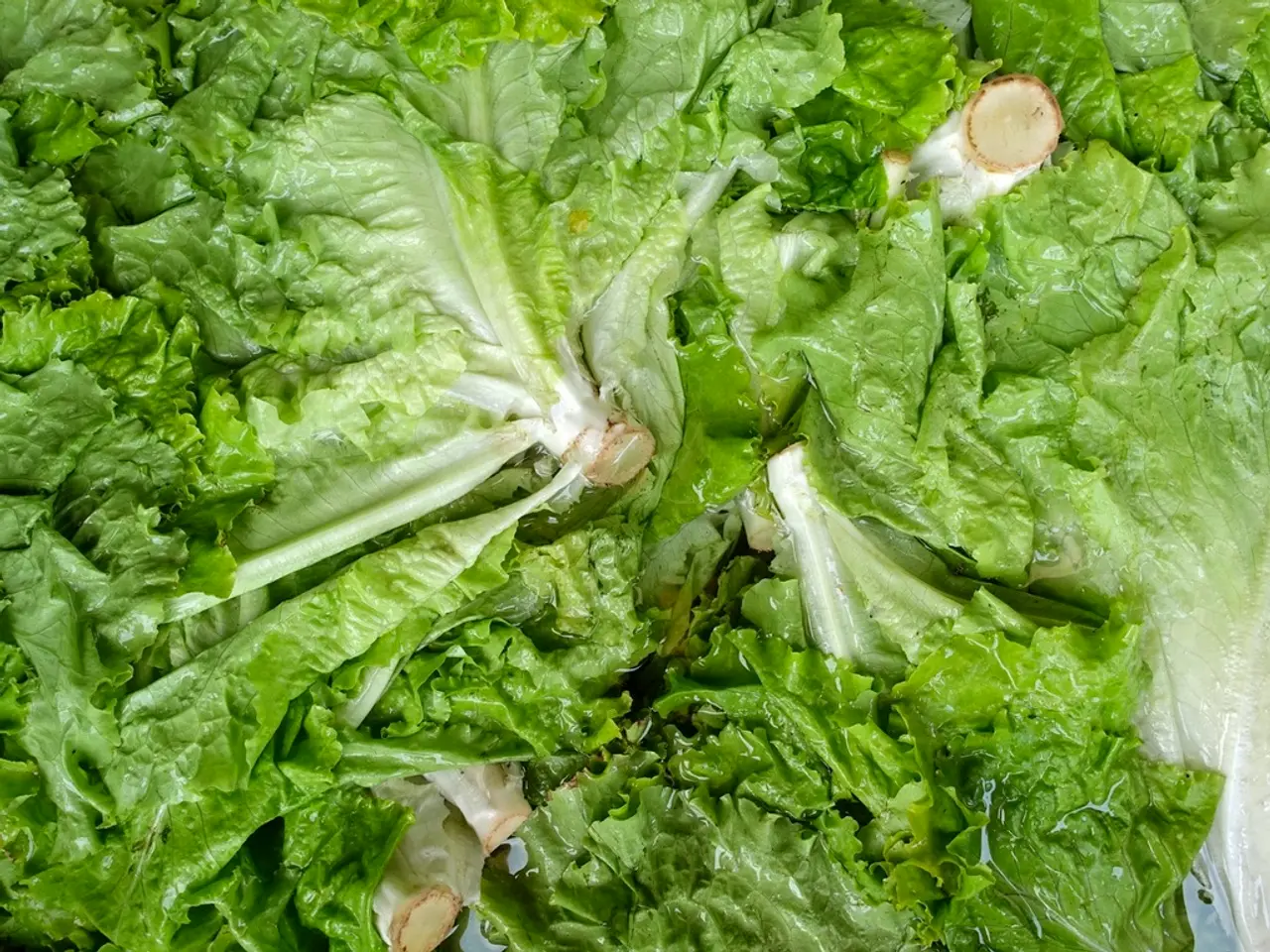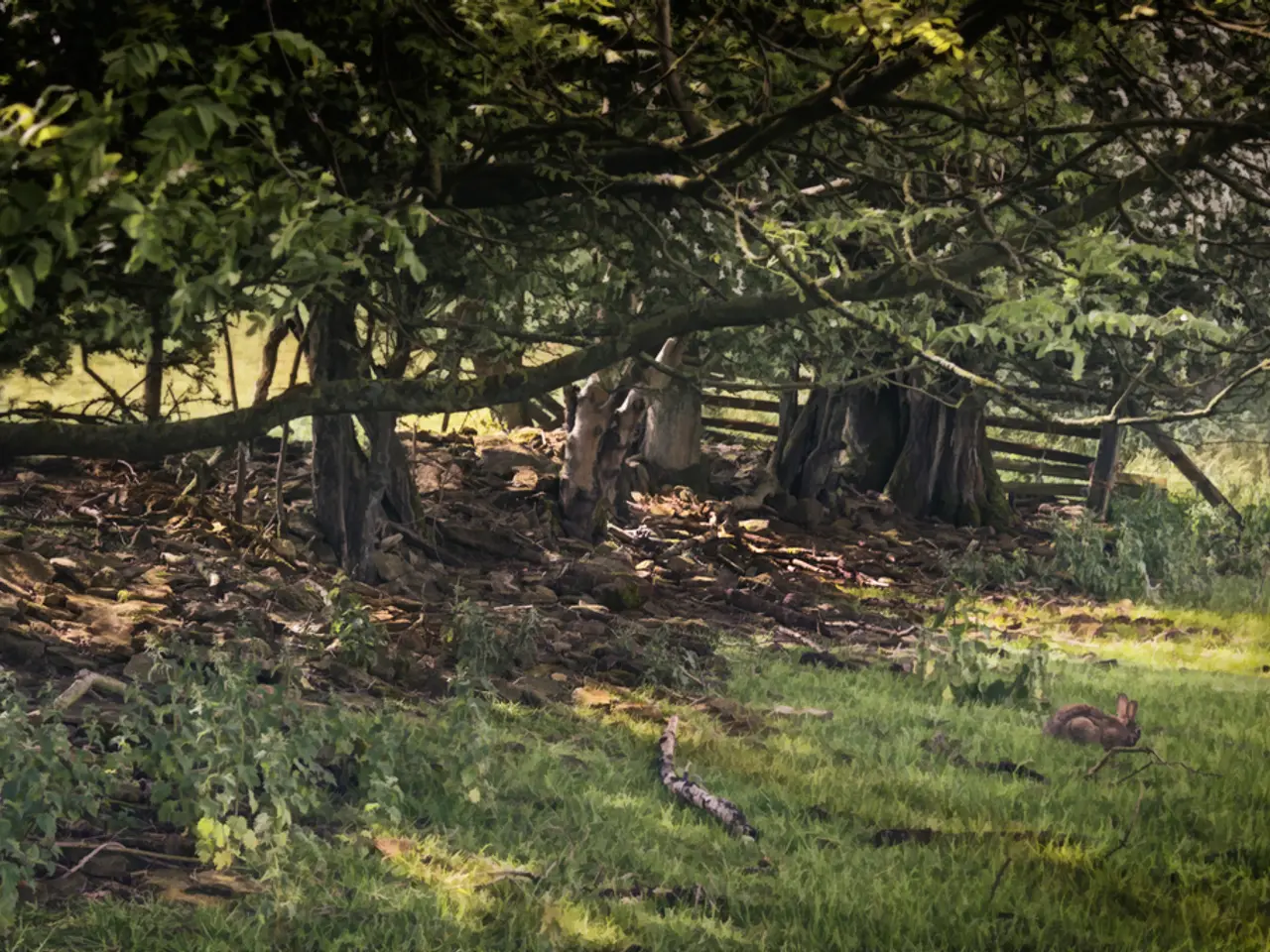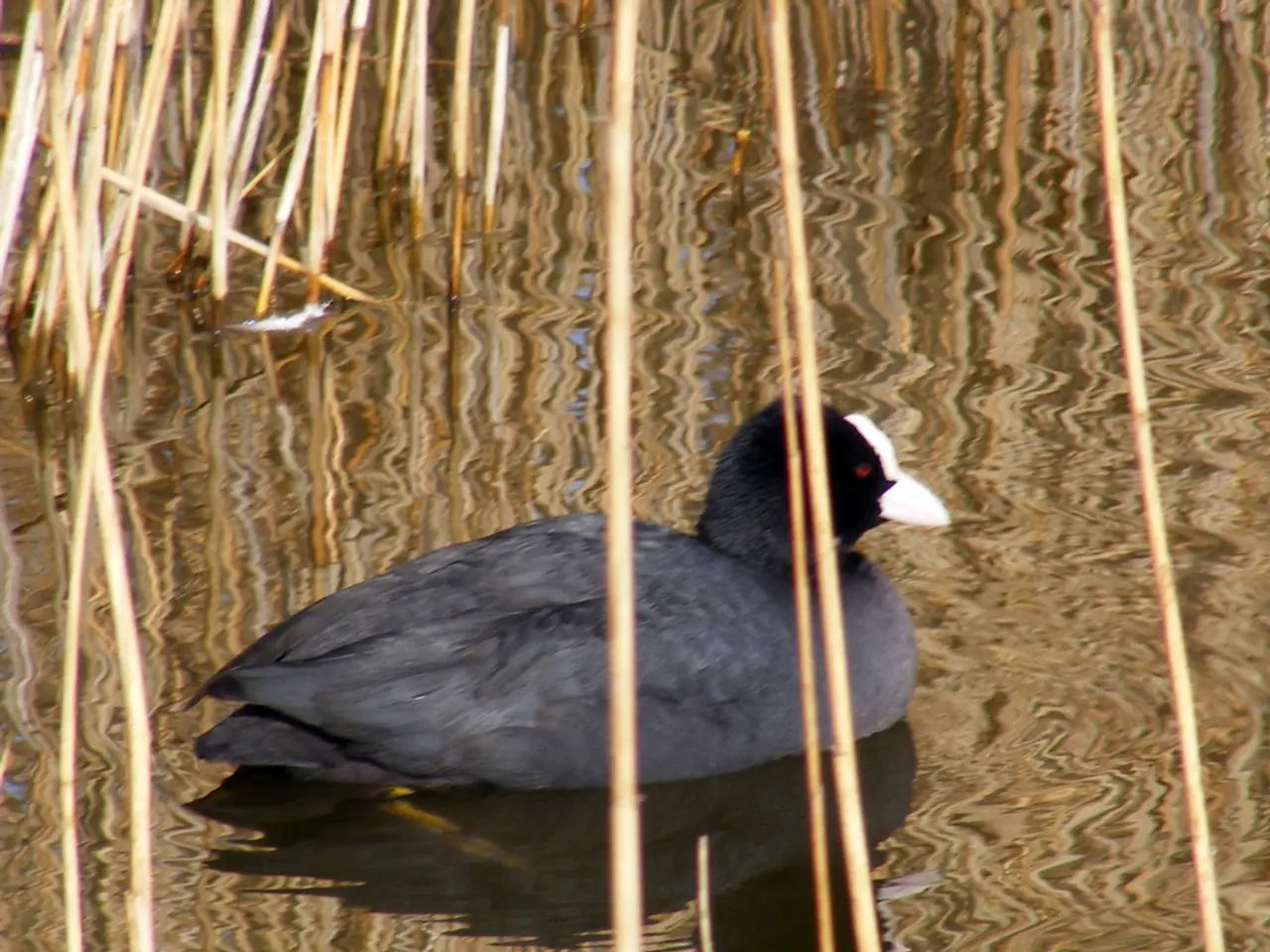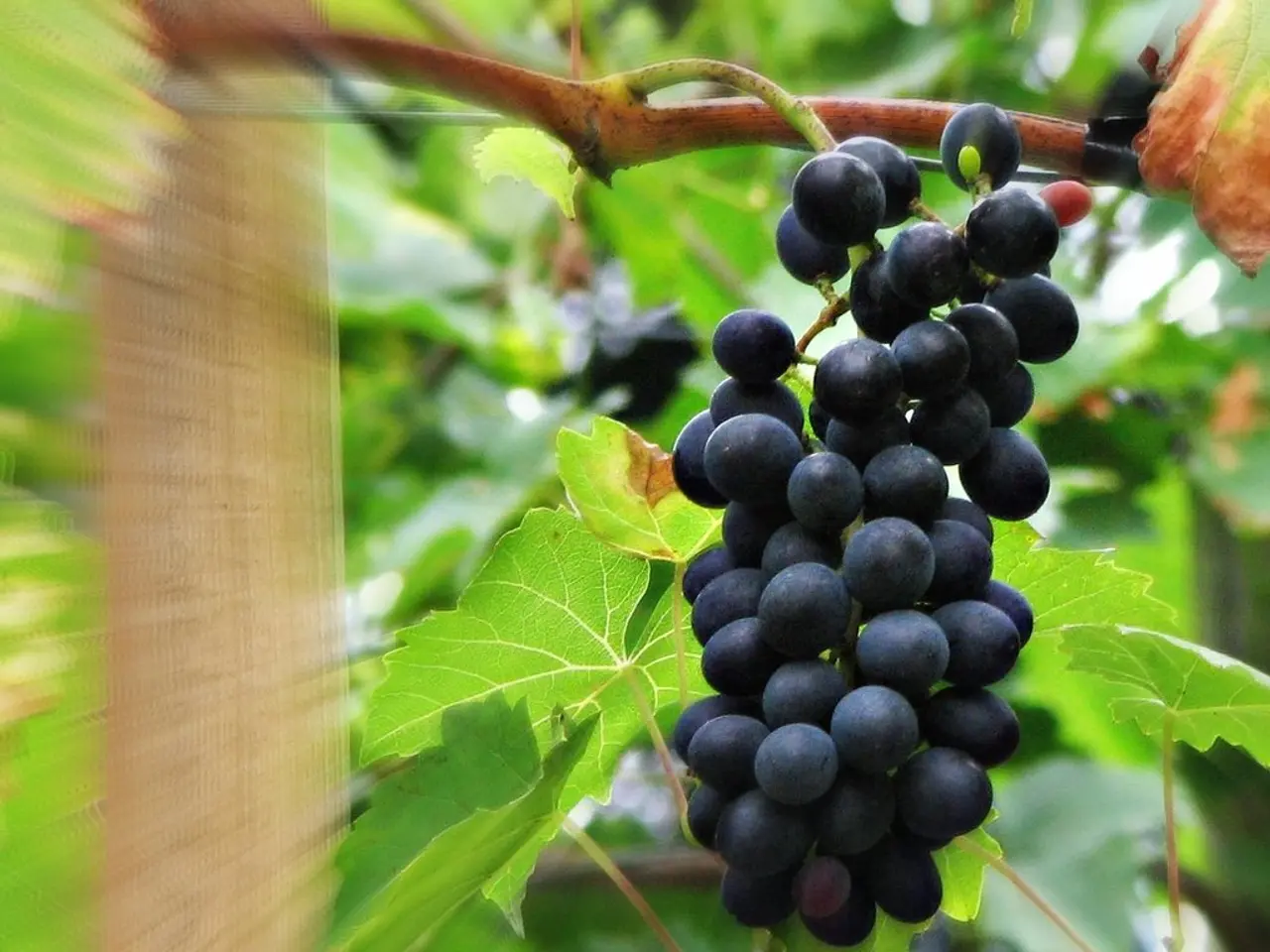Free Fruits and Vegetables! DIY Guide for the Avid Home Gardener
Hey there, green thumb! You nailed that gardening gig this year, huh? Even if it wasn't perfect, you're already dreaming of next season. That's a good sign!
Ever thought about saving seeds for next year? You might think it's only for the hardcore homesteaders, but answer me this: could a beginner like you save seeds with minimal effort?
Hell yes, they can! As a beginner myself, I promise, if I could do it, so can you. All you need is a bit of know-how and a enthusiasm to start small. Saving seeds from a few crops can give you a head start on next season and save you some cash!
In this blog post below and podcast episode, we'll cover the basics of seed-saving that even a beginner can do. So let's dig in!
Which Seeds Can You Save?
First things first, not all seeds can be saved. Only open-pollinated seeds, also known as heirloom seeds, can be saved. But, hybrid seeds are a no-go.
Open-pollinated seeds will grow into plants that look just like the ones you saved them from, while hybrid seeds, which have been genetically crossed, probably won't.
Finding out if your plant is open-pollinated or hybrid? Most seed packets will say, but if you still have yours, check there first. If you bought your plant from a garden center, look for the variety listed on the tag that came with it. If it's not specified, do a quick Google search and you'll know in no time.
If you're unsure, it's best to play it safe and only save seeds from plants you know are open-pollinated.
Seeds Saving Methods for Beginners
Hands-Off Seed Saving
For some seeds, it's as simple as letting nature take its course. These plants naturally develop seeds that will drop and germinate the next season without any help from you. Plus, these flowers provide food sources for pollinators and beneficial insects.
If you want to rotate your crops for next season, you can still collect them when the time is right. Some of the plants that lend themselves to this natural way of seed formation include:
- Lettuce
- Carrots
- Arugula
- Spinach
- Radishes
- Annual herbs like dill, cilantro, parsley, and basil
These plants will develop a seed stalk and begin to flower. After the flowers fade, seeds begin to form within the flowers. You can let them drop on their own, or collect them directly from the flower.
Easy Seed-Saving
Most vegetables and fruits can be saved by letting them mature, scraping out the seeds, and drying them for a few days to a couple of weeks.
Cucumbers, squash, peppers, and tomatoes should be fully ripe (and in some cases change color) before harvesting the seeds. Watermelon and cantaloupe seeds don't require this careful attention to maturation. You can save the seeds left over from your afternoon snack!
For okra, beans, and peas, let the pods completely dry out on the vine. The pods will turn brown, and the seeds inside will harden. Okra seeds will change color from white to black.
Extra-Step Seed Saving: Tomatoes
Tomatoes require an extra step to ensure proper germination, as their seeds are encased in a moist tomato. When you harvest seeds, you have to take an extra step to break down that protective coating.
This process is easy, but it does take time. Place the harvested seeds in water and allow a light layer of mold develop on top. Skim off the mold and discard as much of the water as possible without losing the seeds. Then, add more water and wait several days until seeds drop to the bottom. Seeds that stay afloat aren't viable, but the seeds at the bottom can be saved. Allow them to dry on a paper plate for several days to a couple of weeks before storing in a cool, dark place.
Remember that if you plant more than one vegetable or fruit of the same variety near another, be aware of cross-pollination. This is most common in squash, zucchini, and melons, but it's less common with tomatoes and peppers.
And once you get started, you'll be hooked!
That's it, folks! Now go out there and give seed-saving a try. You'll be a homesteader in no time!
- To supplement your gardening skills and prepare for next season, consider exploring resources like garden printables, podcasts, and lifestyle blogs dedicated to home-and-garden, especially those covering seed-saving basics for beginners.
- As a beginner in gardening, venturing into seed-saving might seem daunting, but there are simple methods available for you. You can save seeds from a variety of plants like lettuce, carrots, arugula, spinach, radishes, dill, cilantro, parsley, basil, cucumbers, squash, peppers, tomatoes, watermelon, cantaloupe, okra, beans, and peas.
- For those interested in advanced seed-saving, the tomato is a popular choice. However, it requires an extra step to ensure proper germination: after harvesting the seeds, let a layer of mold develop on top, skim it off, and allow the seeds to dry on a paper plate before storing them in a cool, dark place.




